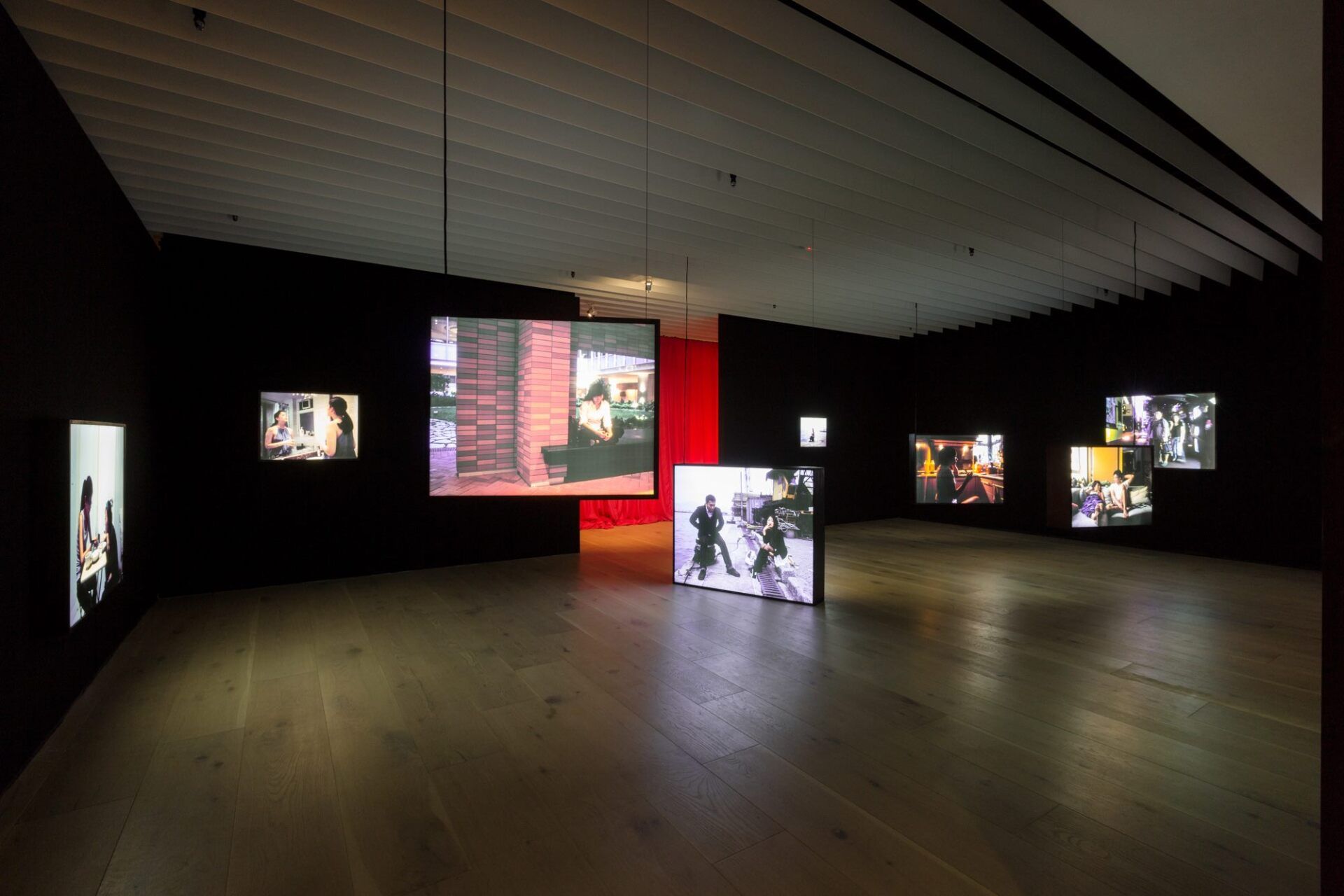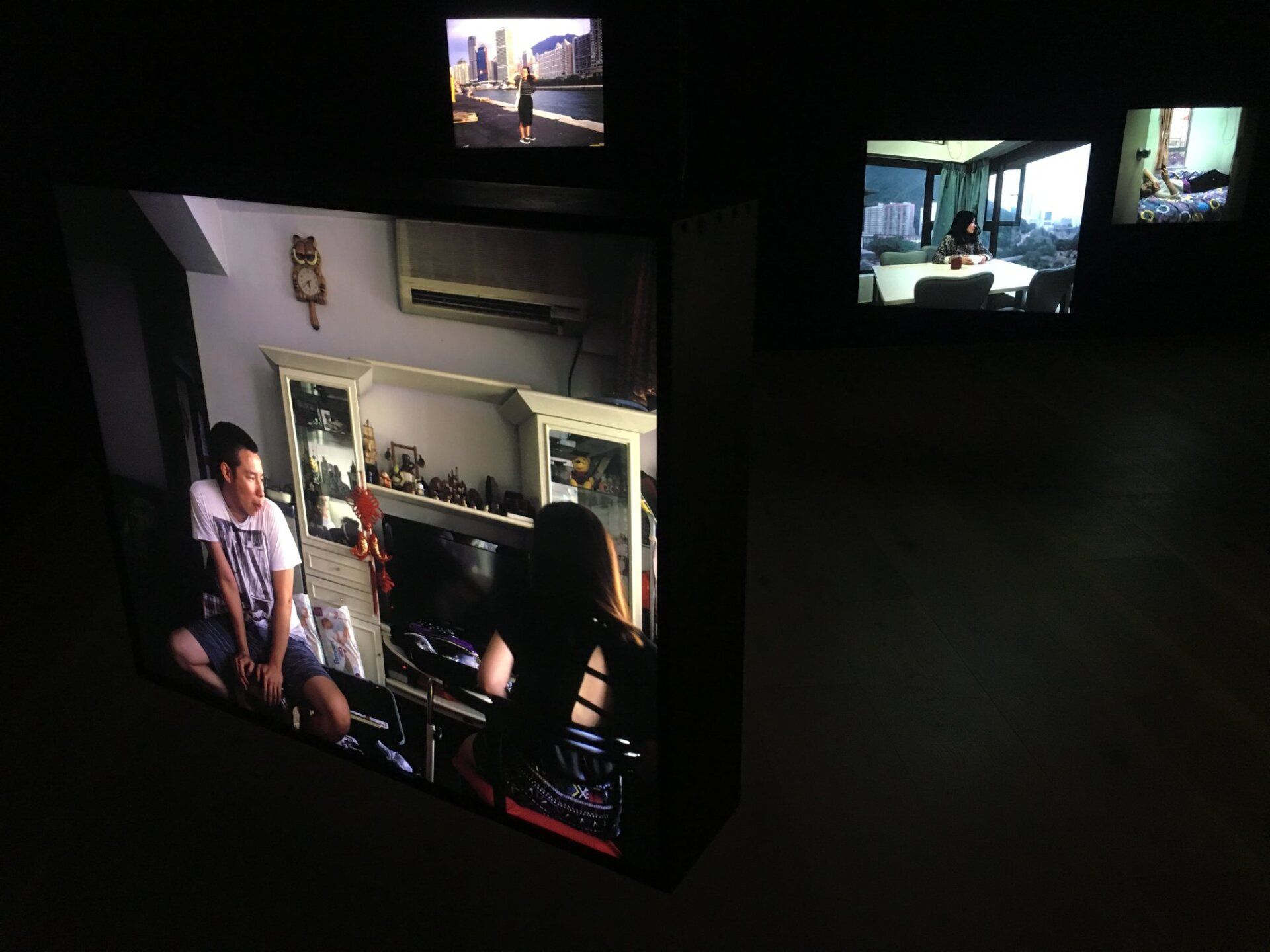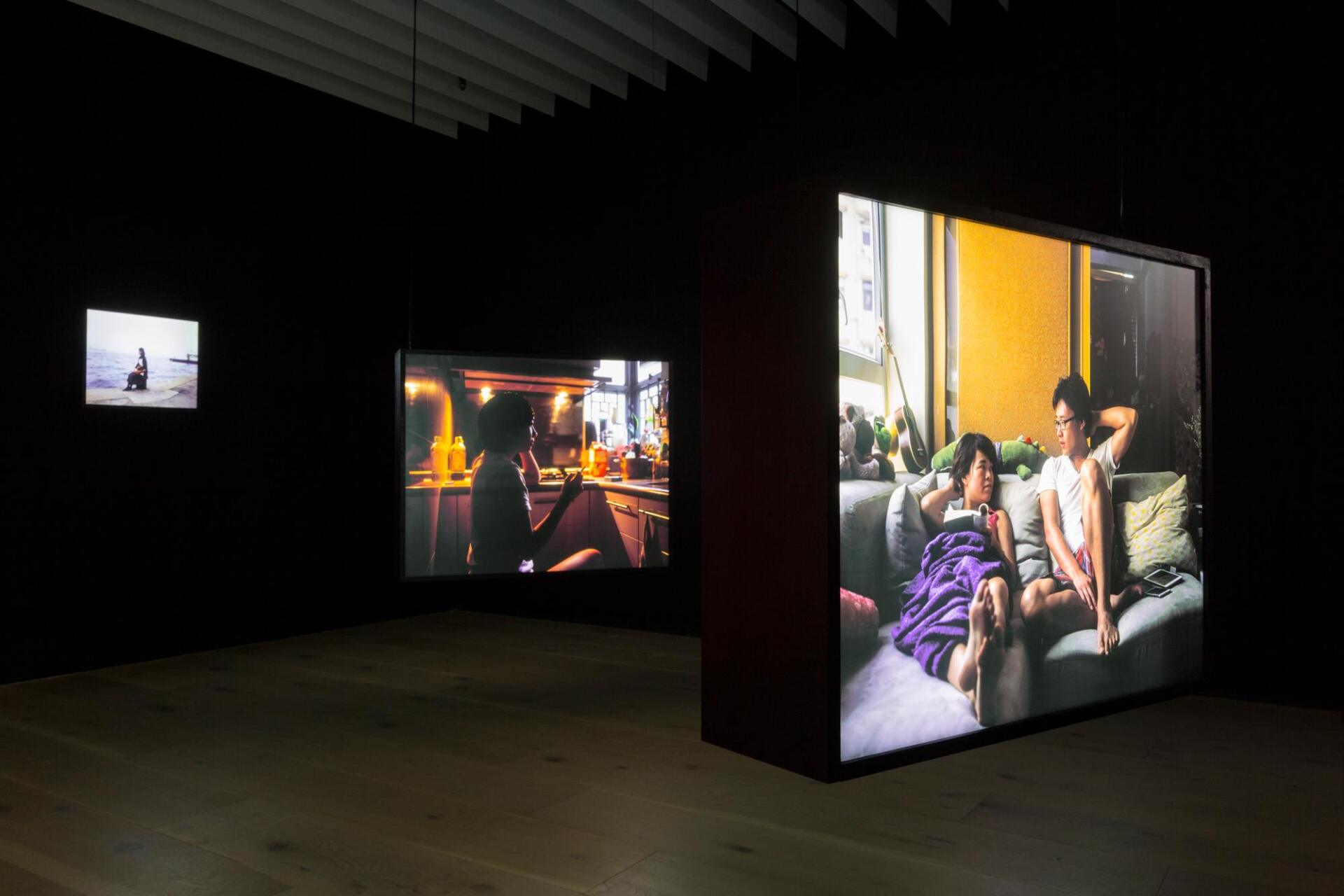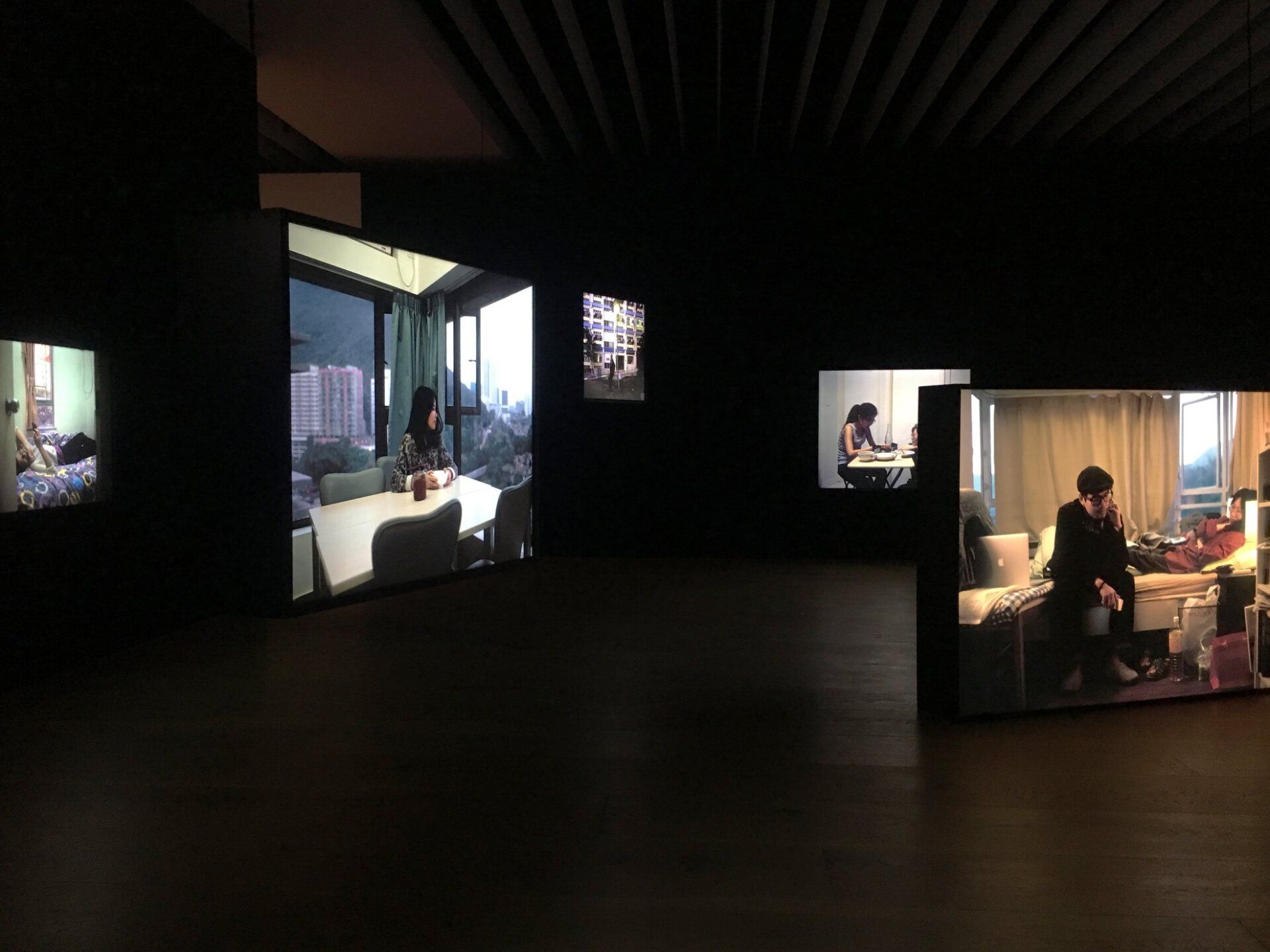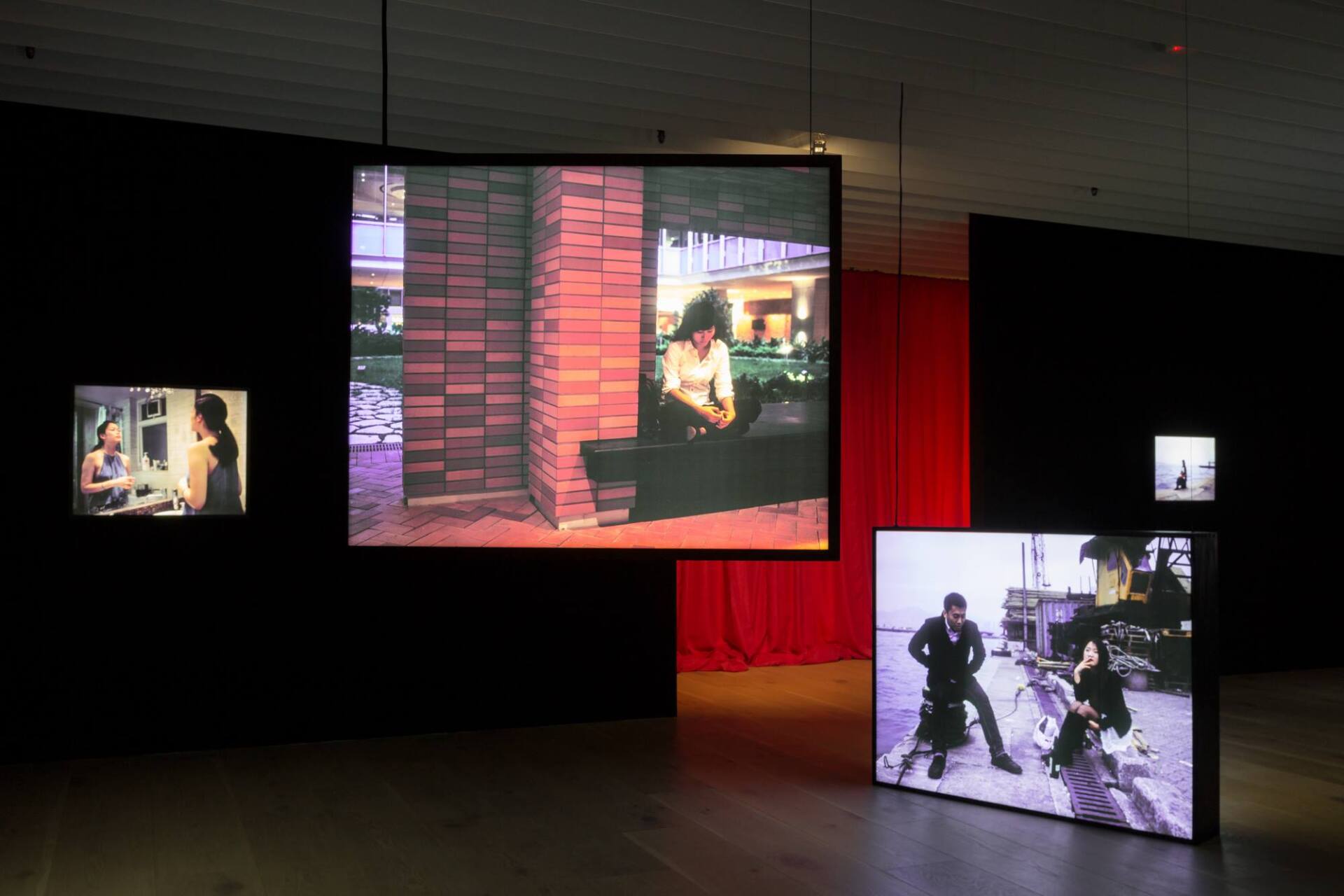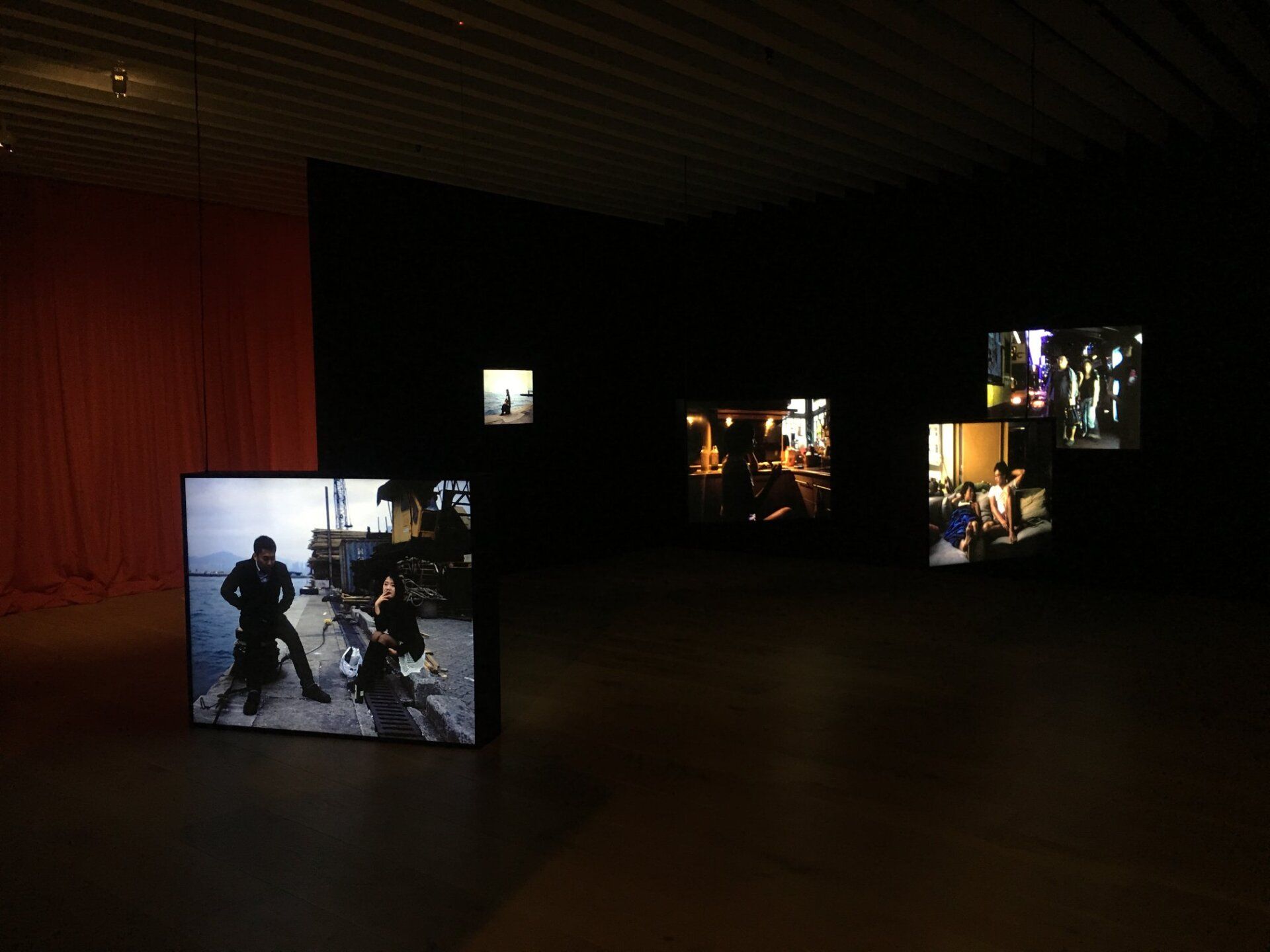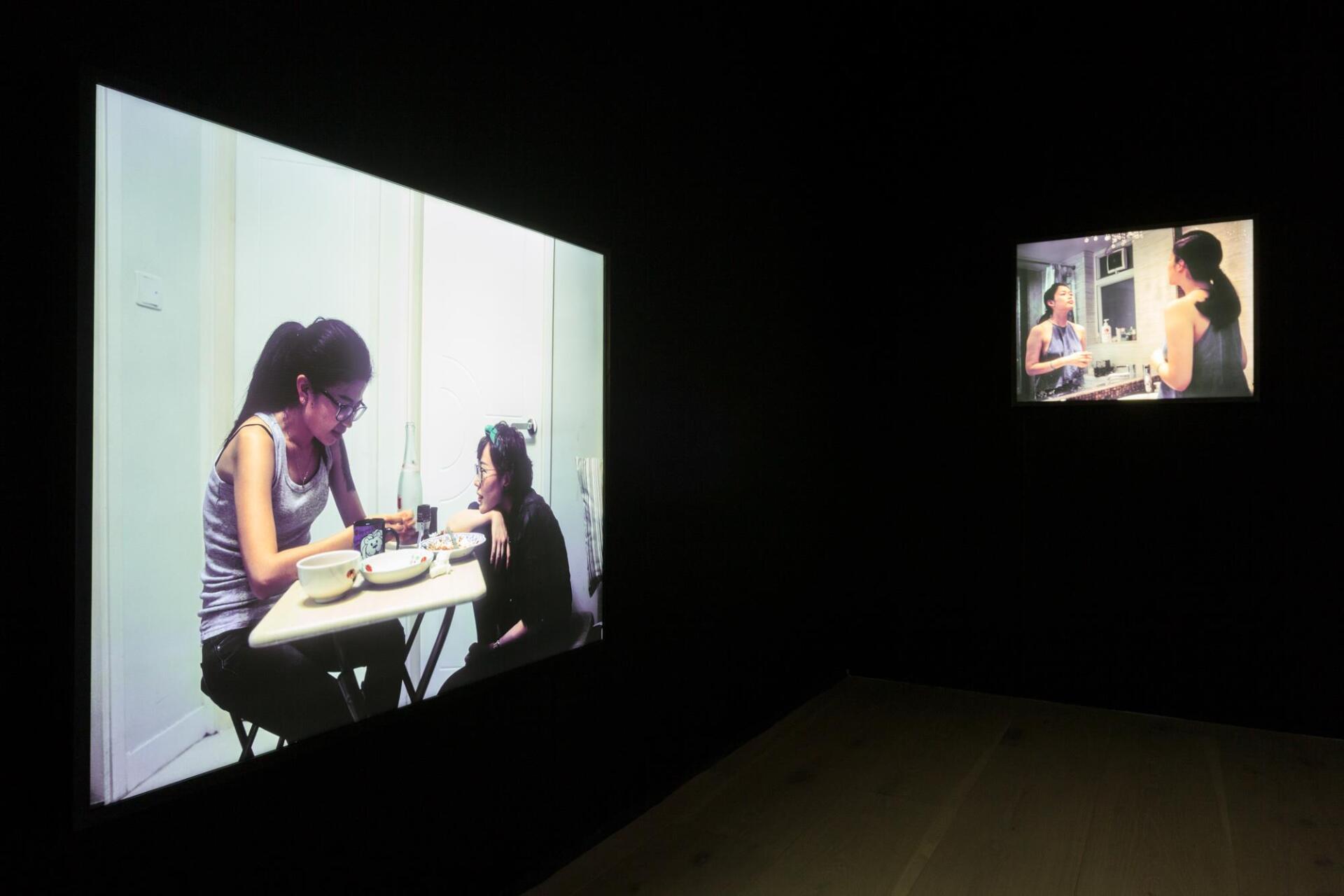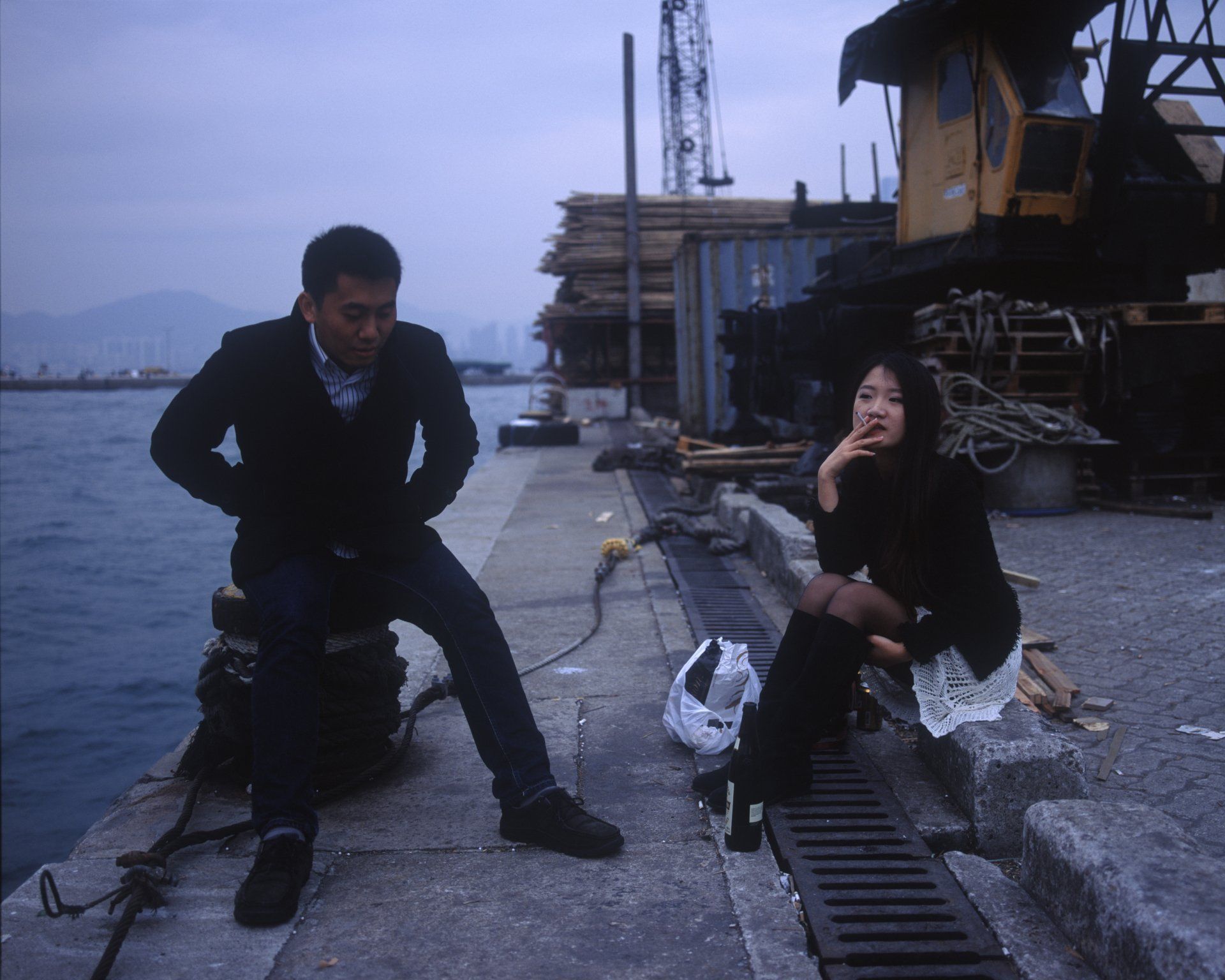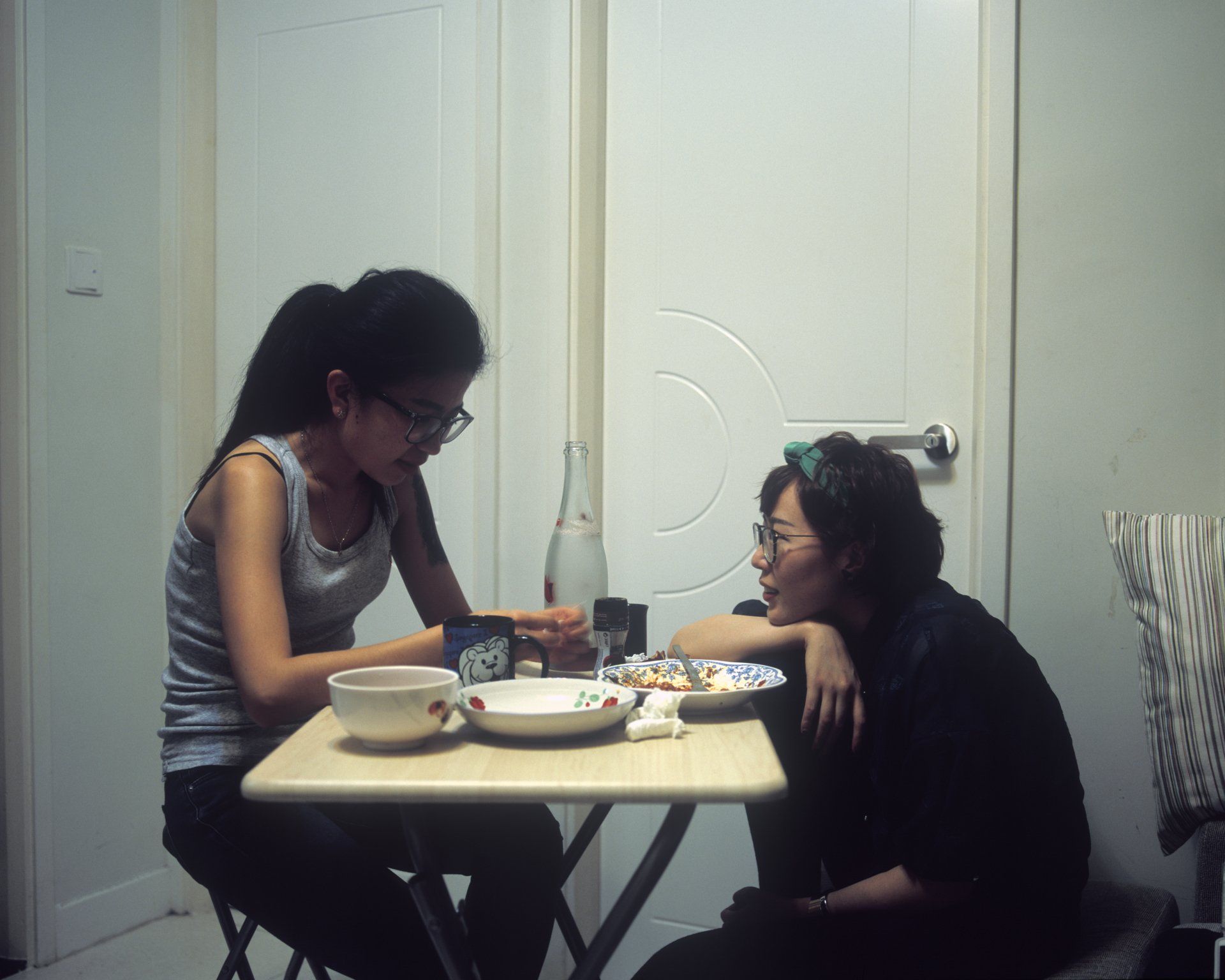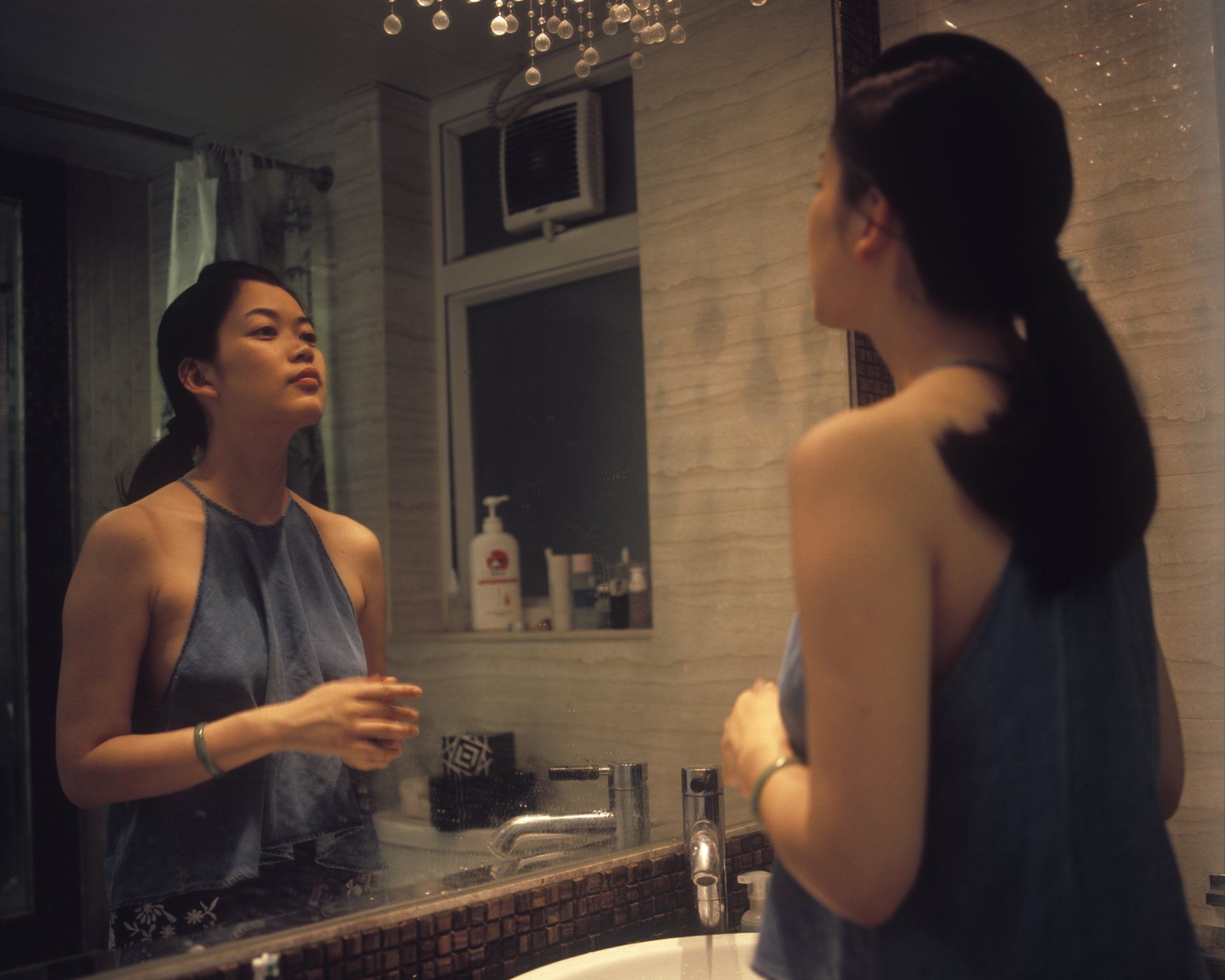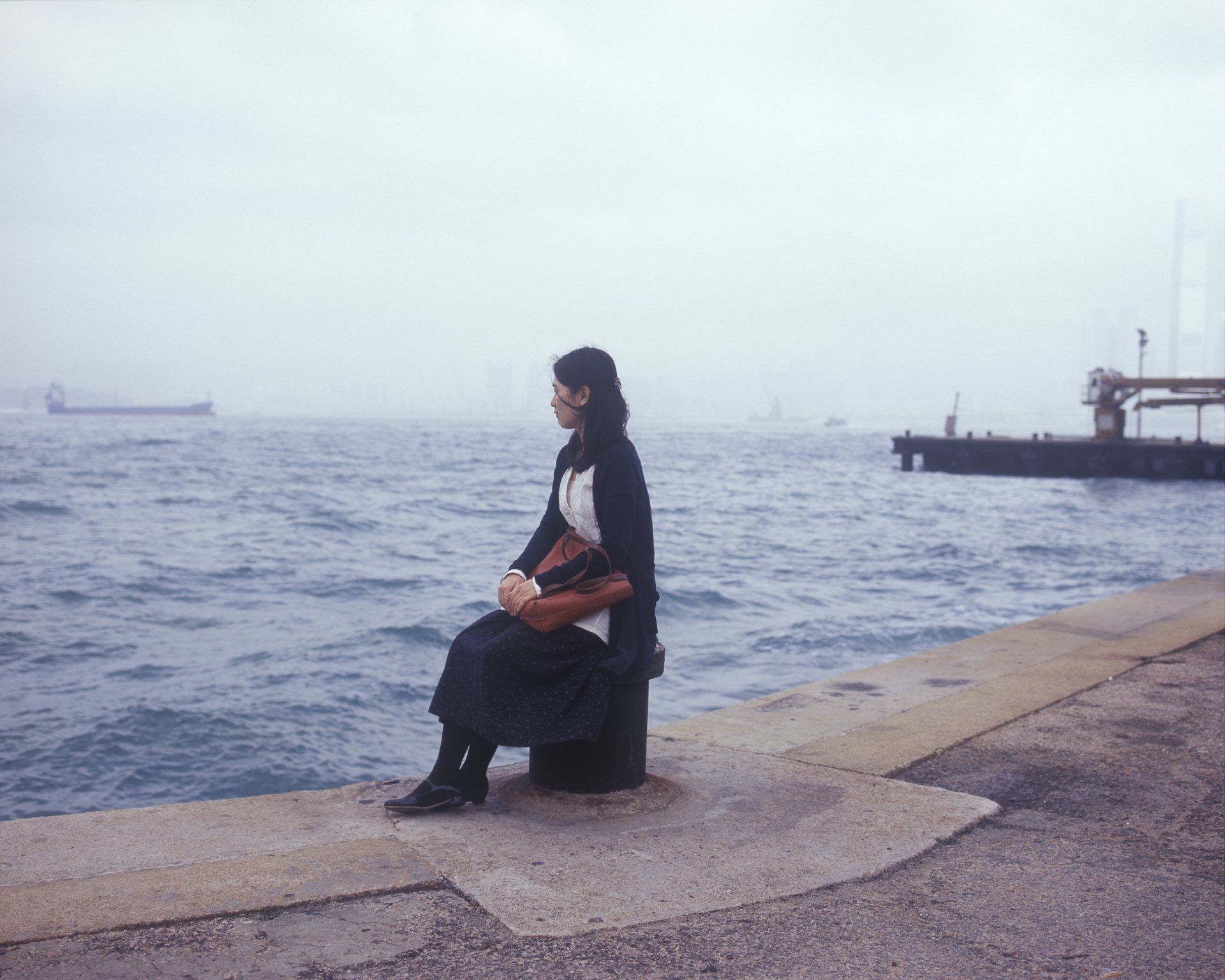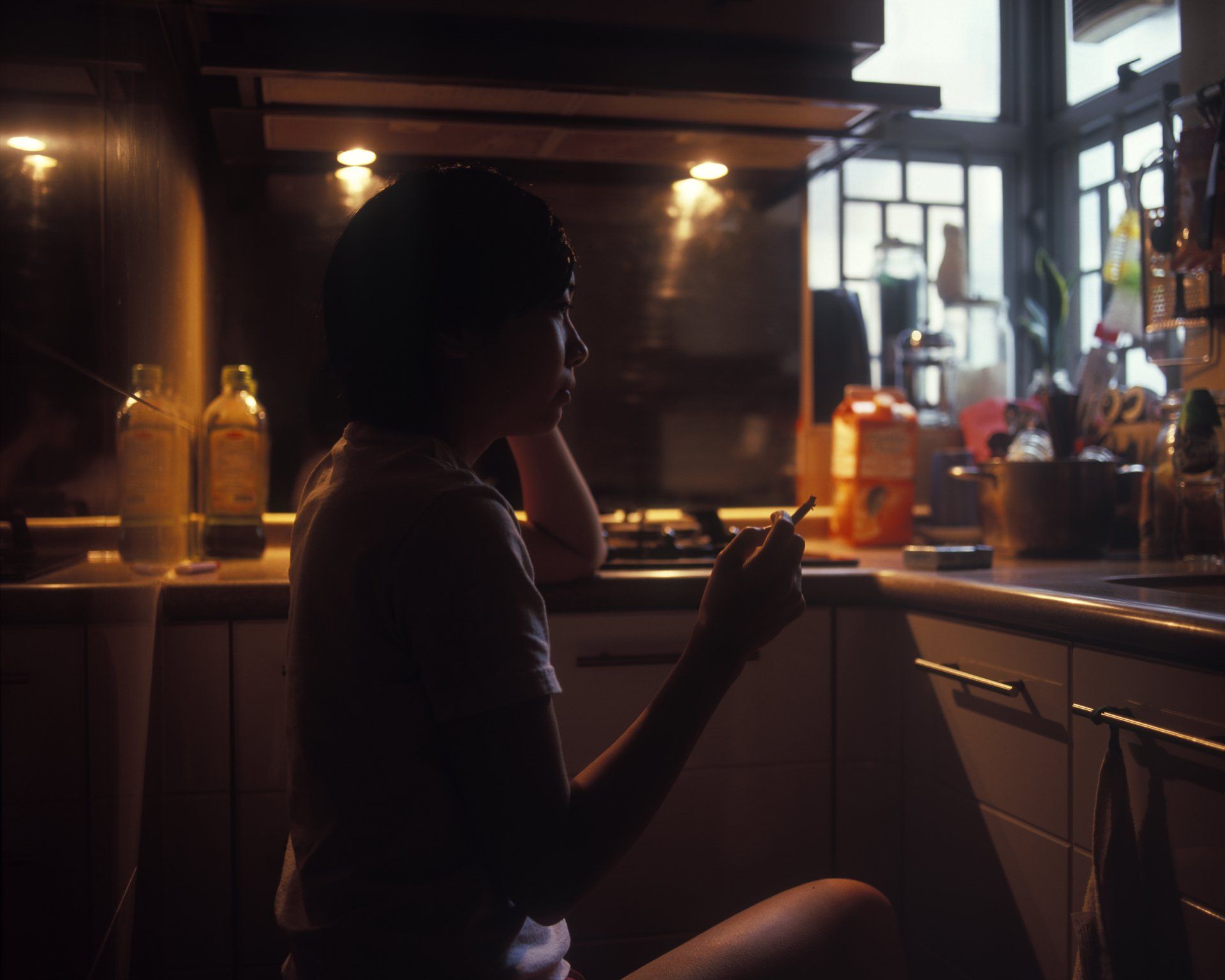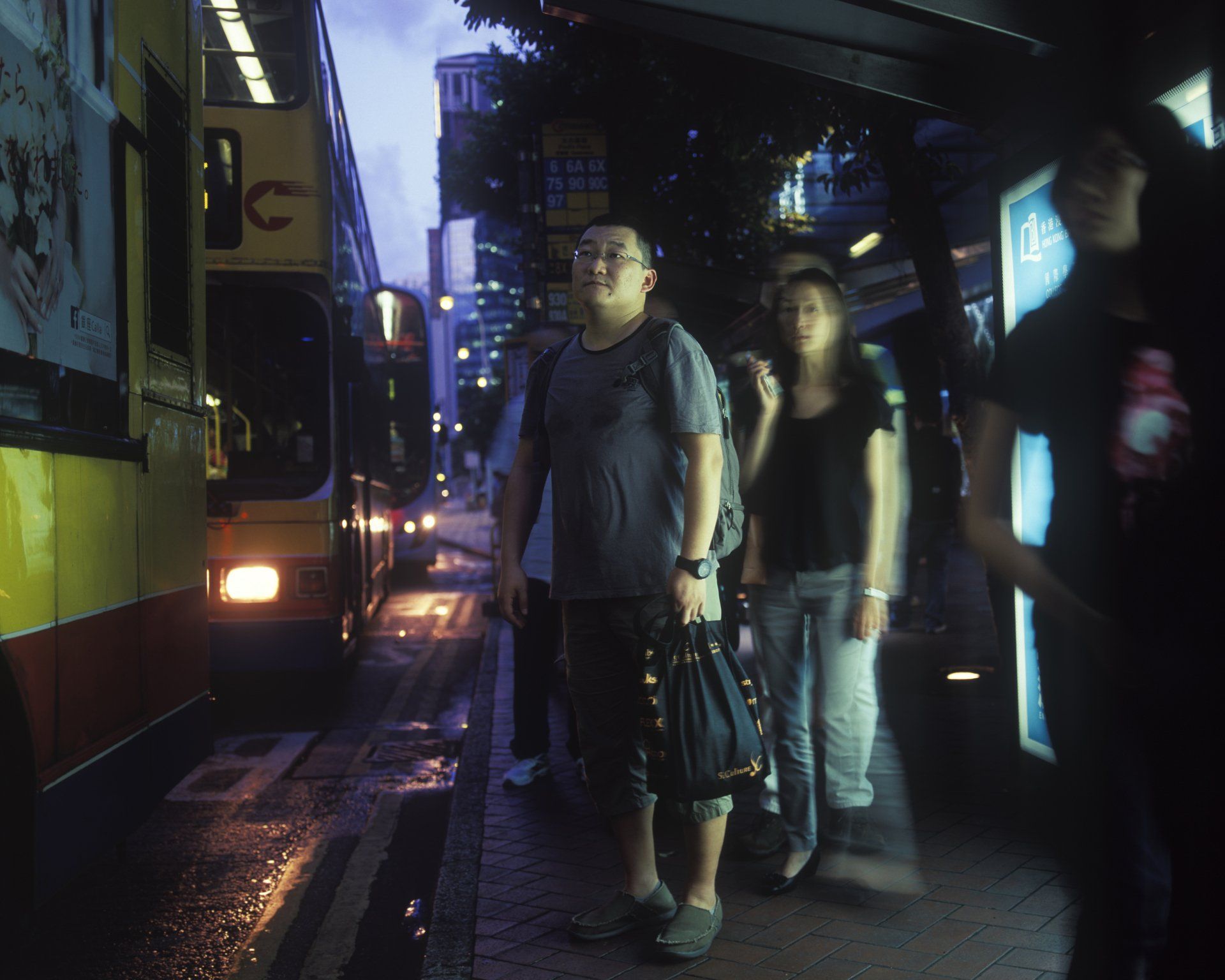The Other Shore | 彼岸
(2014-2016)
Transparencies in Lightboxes of variable sizes, audio installations of variable durations
The Other Shore is a story of a new generation of Chinese migrants in Hong Kong. Young Mainland Chinese have been migrating to Hong Kong from across China, leaving their homes because of family business, or in search of better education and career prospects. In Hong Kong, they find themselves in majority Chinese and increasingly tense environments, often confronting entrenched ideas regarding ‘Mainlanders’. I worked with mainly young professional or student Mainland Chinese in their twenties and early thirties who are reflective of the surge in this particular immigrant demographic in the last decade. The interactions, which culminated in audio interviews and photography, asked how movements affect how one conceives of one self - how national and family histories and narratives converge with one’s memory, how they are affected by everyday relationships, and how contemporary conditions, be they social, economic or political, create a discordant interiority that inadvertently shape the participants in the project. The Other Shore was created via a methodology of encountering, interviewing, photographing, hearing, seeing and unseeing, and questioning. In The Other Shore, the participants are not named and the image and text/audio elements are unlinked. These create an anonymity and a sense that what is said and the experience recounted can be heard in much of Hong Kong. Through this anonymity and the relationship between the images and audio/text, a dissonance between what is said and what is seen is created. Through this dissonance, the idea and fluidity of the migrant identity in Hong Kong, the relationship that many Hong Kongers have to this migrant identity, and the complex relationship between Hong Kong and China are questioned.
The work was first exhibited at the Australian National University Centre for China in the World Gallery, curated by Olivier Krischer, in 2016, and had won the WMA Masters Award, Hong Kong, 2016/2017 . Included in the section are images of the installation of lightboxes when they had been exhibited, and photographs in the body of work.

